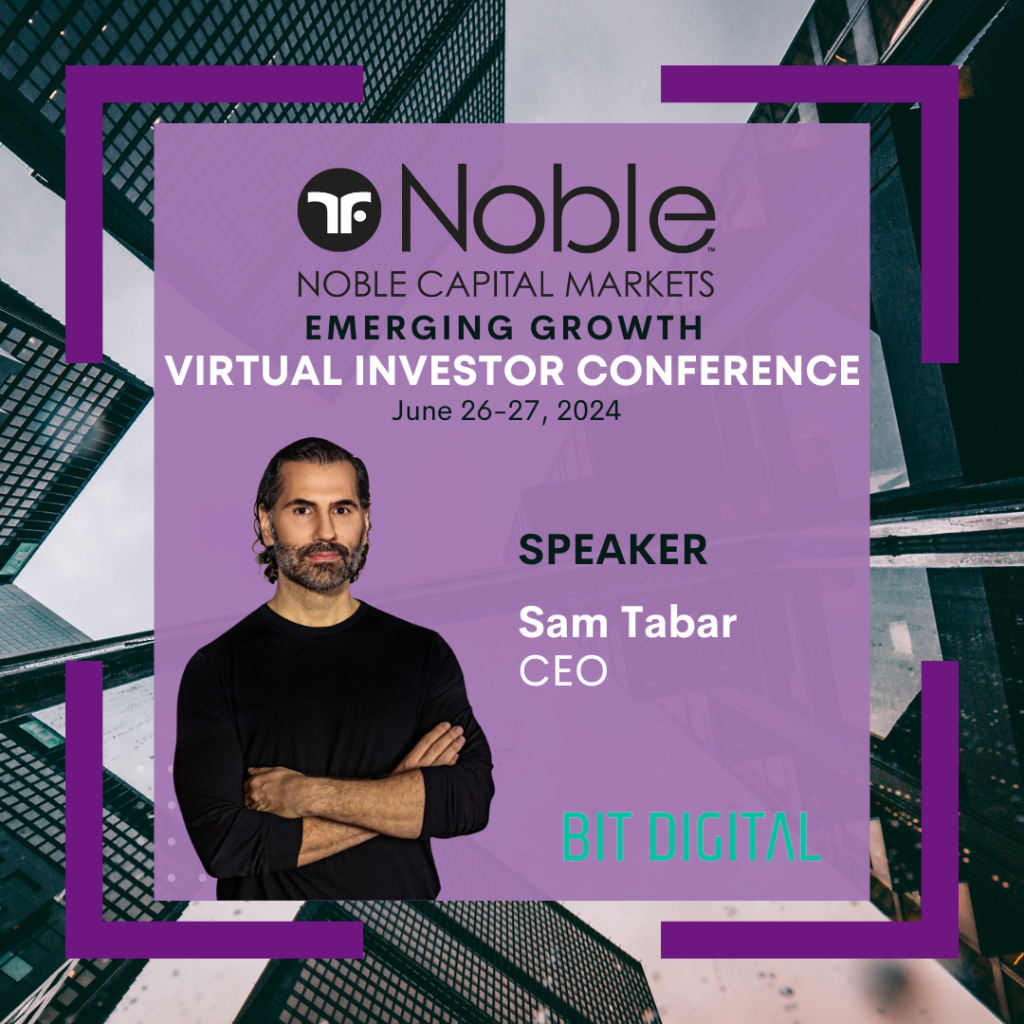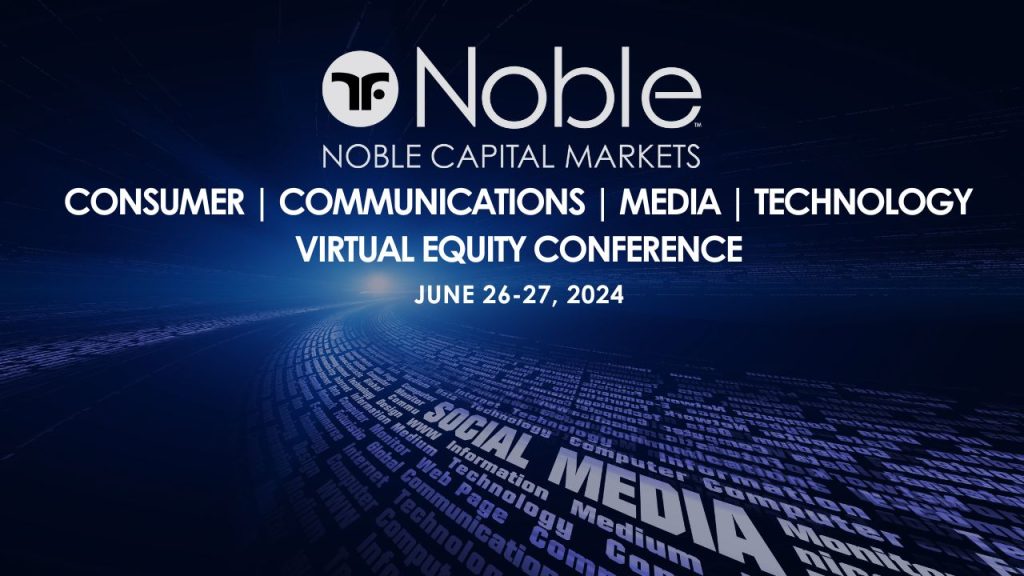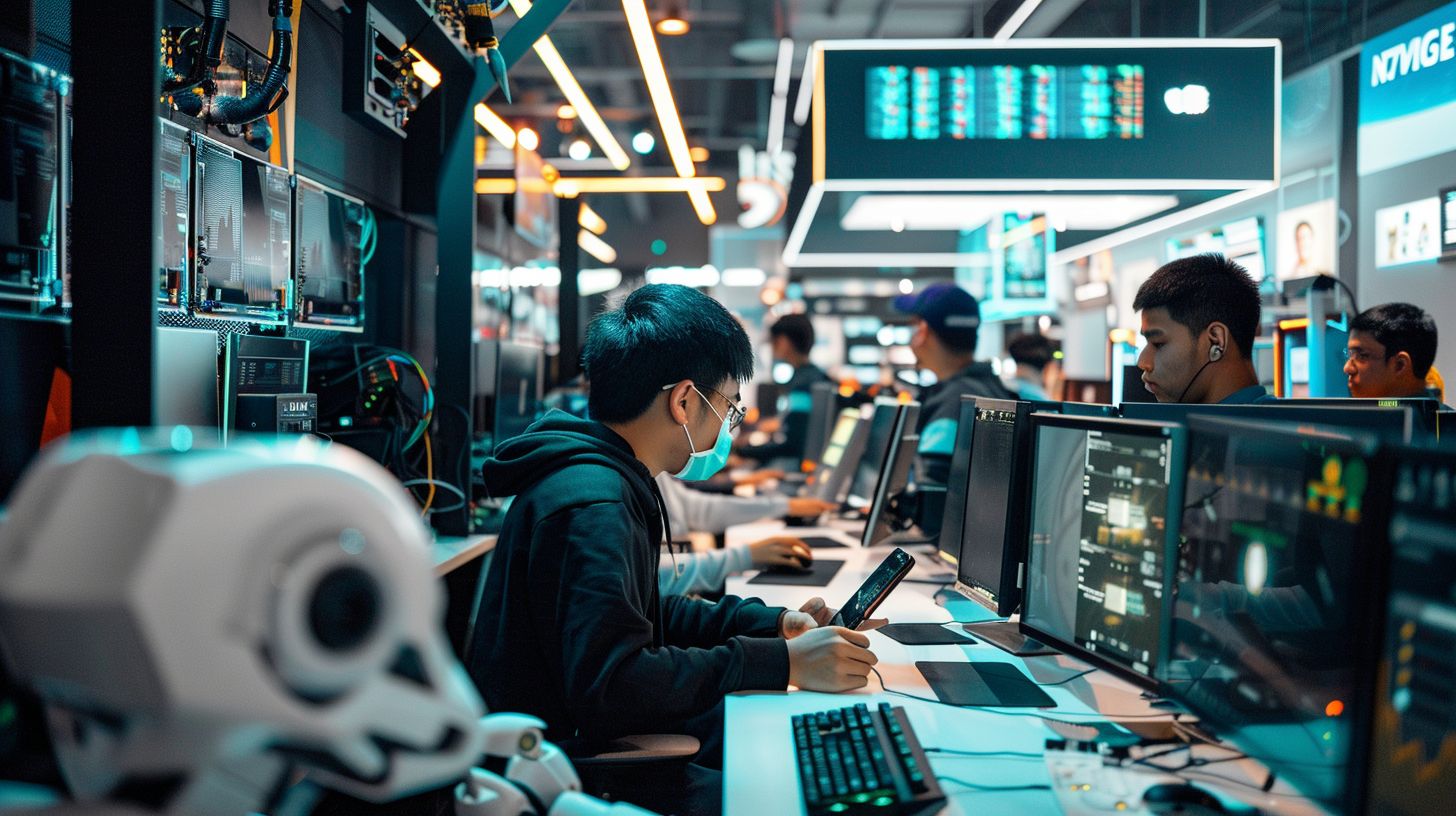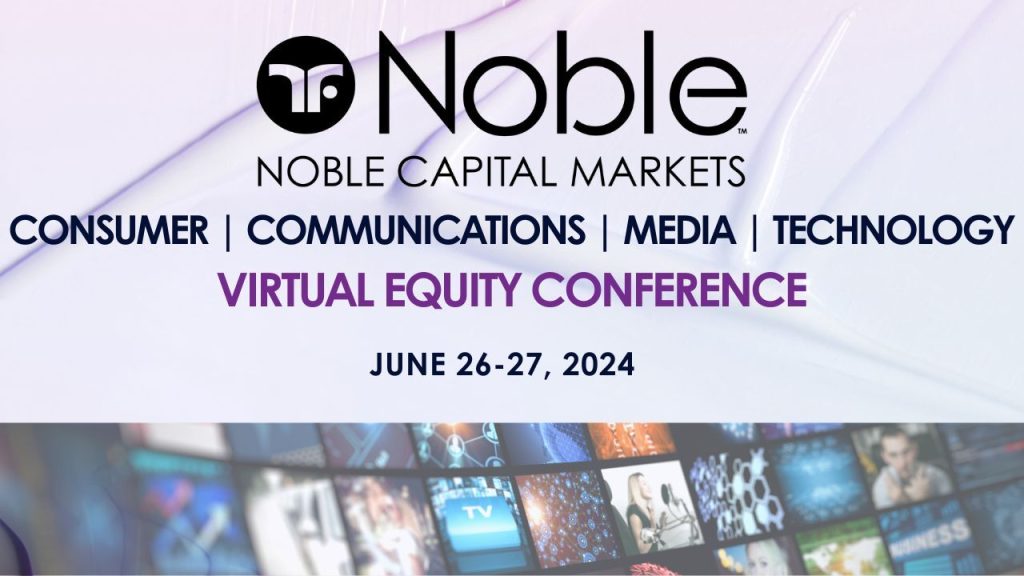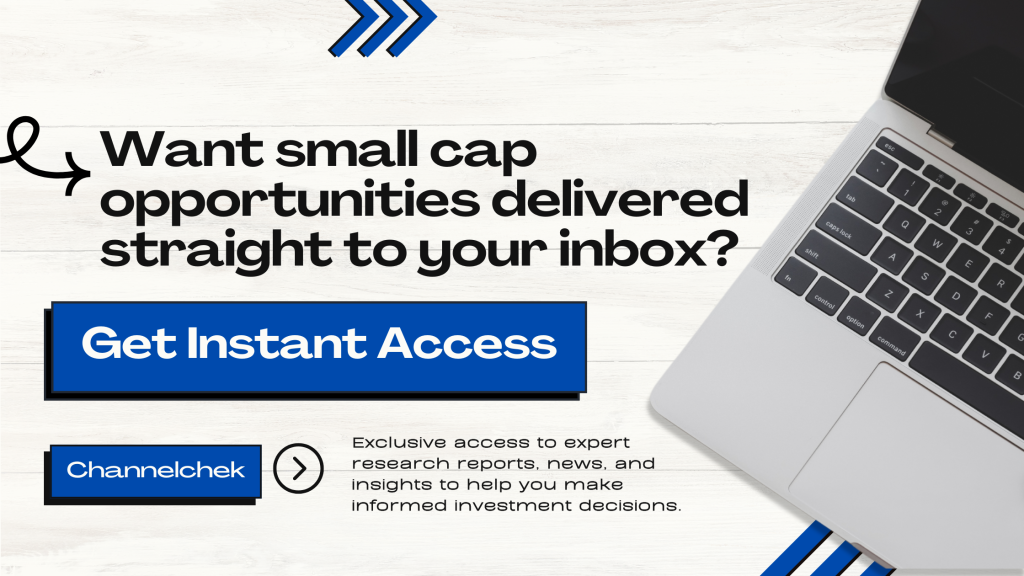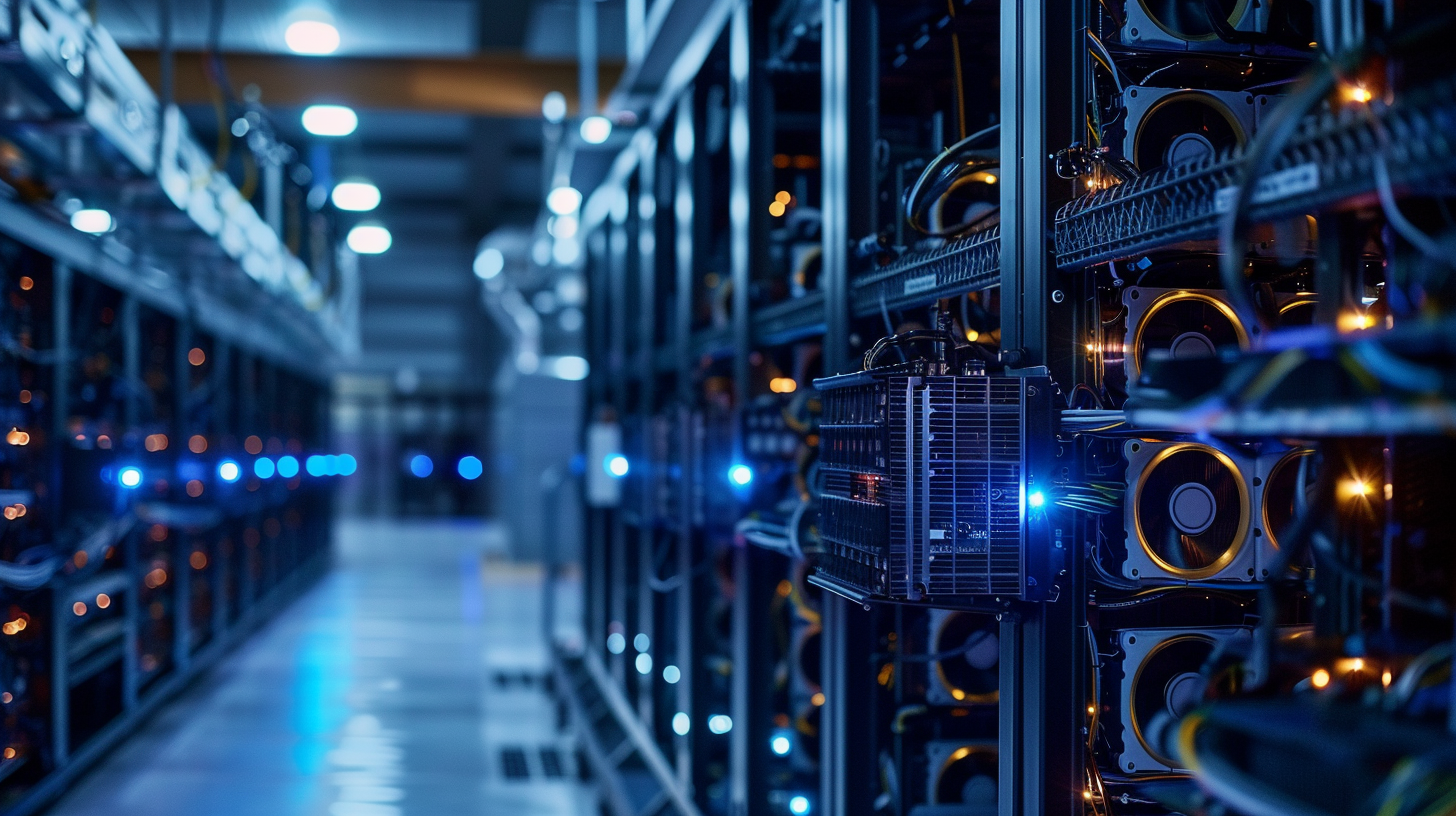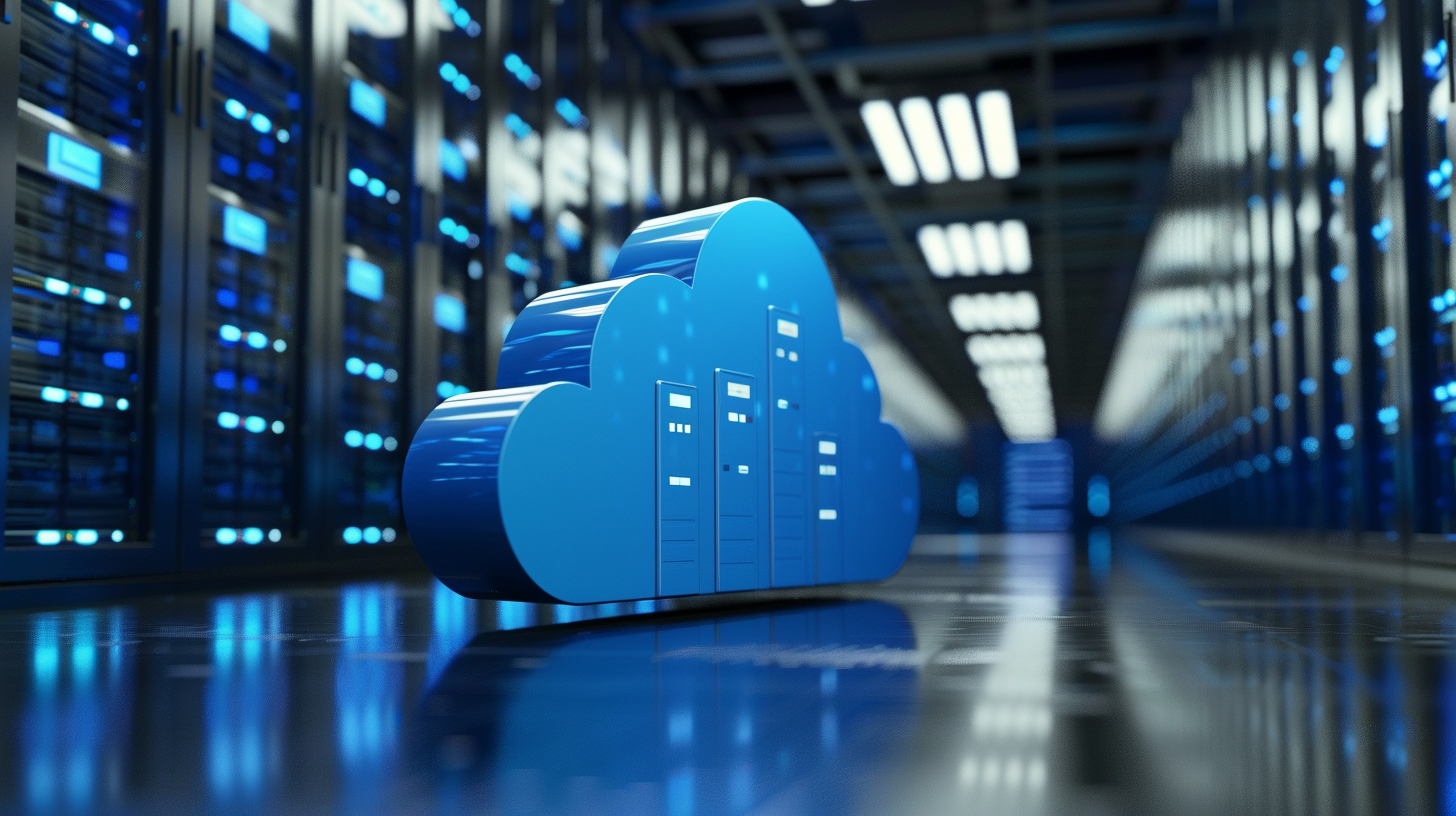In a significant move that could reshape the landscape of healthcare technology, Augmedix, Inc. (Nasdaq: AUGX) has announced its acquisition by Commure, Inc. The all-cash transaction, valued at approximately $139 million, marks a pivotal moment in the evolution of ambient AI and medical documentation solutions.
Announced on July 19, 2024, the deal will see Augmedix stockholders receive $2.35 per share, representing a substantial premium of 169% over the company’s recent trading history. This acquisition not only provides a windfall for Augmedix investors but also signals a strong vote of confidence in the company’s innovative approach to reducing administrative burdens in healthcare.
Augmedix, a pioneer in ambient AI medical documentation, has made significant strides in liberating clinicians from time-consuming paperwork. By leveraging artificial intelligence to transform natural conversations into organized medical notes and structured data, Augmedix has been at the forefront of enhancing clinical efficiency and decision support.
Commure, the acquiring company, is no stranger to healthcare innovation. As a leading provider of technology solutions to healthcare systems, Commure has been working to streamline operations and improve patient care across hundreds of care sites. The merger with Augmedix aligns perfectly with Commure’s mission to make health the focus of healthcare by eliminating distractions and keeping providers connected to their patients.
Manny Krakaris, CEO of Augmedix, expressed enthusiasm about the deal, stating, “This proposed transaction with Commure provides certainty and a premium value for our stockholders, representing a transformative next step in Augmedix’s mission.” He emphasized the potential for scaling ambient documentation solutions and accelerating the development of innovative features and AI capabilities.
Tanay Tandon, CEO of Commure, shared a similar sentiment, highlighting the strategic importance of the acquisition. “We’re taking a huge step forward in building the health AI operating system of the future,” Tandon remarked, underlining the goal of consolidating various point solutions into a single, integrated platform for healthcare providers and operations teams.
The transaction is expected to close in late Q3 or early Q4 of 2024, subject to approval by Augmedix stockholders and other customary closing conditions. Upon completion, Augmedix will transition from a publicly-traded company to a wholly-owned subsidiary of Commure, operating as a private entity.
This merger comes at a critical time in healthcare, as the industry grapples with burnout among medical professionals and the need for more efficient, patient-focused care. By combining Augmedix’s expertise in ambient AI documentation with Commure’s broad reach and resources, the newly formed entity aims to address these challenges head-on.
The deal also reflects the growing importance of AI in healthcare. As language models and AI technologies continue to advance, their potential to transform medical practice becomes increasingly clear. This acquisition positions the combined company at the forefront of this transformation, with the potential to set new standards in healthcare IT and clinical workflow optimization.
For the healthcare community, this merger promises a future where technology works seamlessly in the background, allowing medical professionals to focus more on patient care and less on administrative tasks. It also signals a trend towards consolidation in the healthcare tech sector, as companies seek to create more comprehensive, integrated solutions.
As the healthcare industry watches this deal unfold, many will be eager to see how the combined strengths of Augmedix and Commure will translate into practical improvements for clinicians, patients, and health systems alike. With the backing of Commure’s resources and the innovative spirit of Augmedix, the future of AI-driven healthcare solutions looks brighter than ever.







